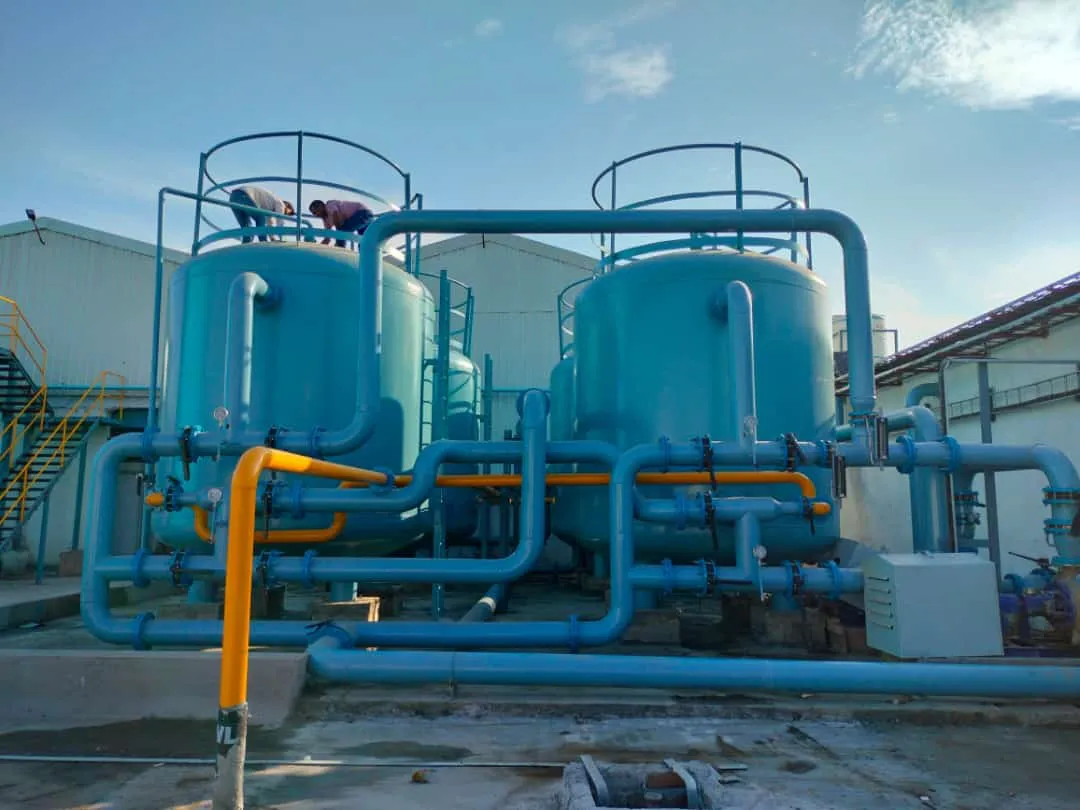Water treatment plants play a crucial role in ensuring the availability of clean and safe drinking water for communities while also protecting the environment. The execution of these plants involves several key processes designed to remove impurities from water sourced from rivers, lakes, or underground aquifers. The water treatment process begins with the collection and transportation of raw water to the treatment facility, where it undergoes a screening process to eliminate large contaminants, including leaves, twigs, and other suspended materials.
Following this, the water enters the coagulation and flocculation stage, where chemicals are added to promote the clumping of smaller particles into larger aggregates known as flocs. This process enhances the efficiency of subsequent sedimentation, where the flocs settle to the bottom of a sedimentation tank, separating the clearer water above.
The treated water then moves to filtration systems, typically involving layers of sand, gravel, and charcoal, which further purify the water by trapping remaining particles, bacteria, and other contaminants. After filtration, the water undergoes disinfection, often using chlorine or ultraviolet light, to eliminate harmful bacteria and ensure safety for human consumption. The treated water is then subjected to various quality tests to confirm its compliance with health standards before being distributed into the municipal water supply system.
Additionally, many water treatment plants incorporate advanced technologies such as reverse osmosis and advanced oxidation processes, to tackle specific contaminants such as heavy metals and pharmaceuticals. The entire operation is continuously monitored to maintain efficiency and respond to fluctuations in water quality. Furthermore, water treatment plants focus on sustainable practices such as the management of residual sludge produced during the treatment process. This sludge is often processed and disposed of in an environmentally friendly manner or repurposed as fertilizer.
By integrating modern technologies and adhering to stringent regulatory standards, water treatment plants play an indispensable role in safeguarding public health and preserving water resources for future generations.
